A new 40 percent tariff is slated for goods identified as “transhipments,” a measure widely believed to target Chinese-origin products undergoing minimal processing in Vietnam before re-export to the United States. While detailed guidelines are pending, businesses can currently rely on the existing U.S. Customs and Border Protection (USCBP) regulations concerning Country of Origin Marking to mitigate the risk of their goods being labeled as transshipments.
Country of Origin Marking: General Provisions
The fundamental principle of Country of Origin Marking, as enforced by USCBP, mandates that all foreign-origin articles entering the U.S. must be clearly and legibly marked with the English name of their country of origin. The primary objective is to inform the final U.S. consumer about the product’s manufacturing origin.
Effective marking methods often integrate directly with the product (e.g., branding, stenciling, molding). Other methods are acceptable provided they remain legible and visible until the product reaches the ultimate U.S. purchaser. The marking must be durable enough to resist accidental defacement, destruction, removal, alteration, obliteration, or obscuration.
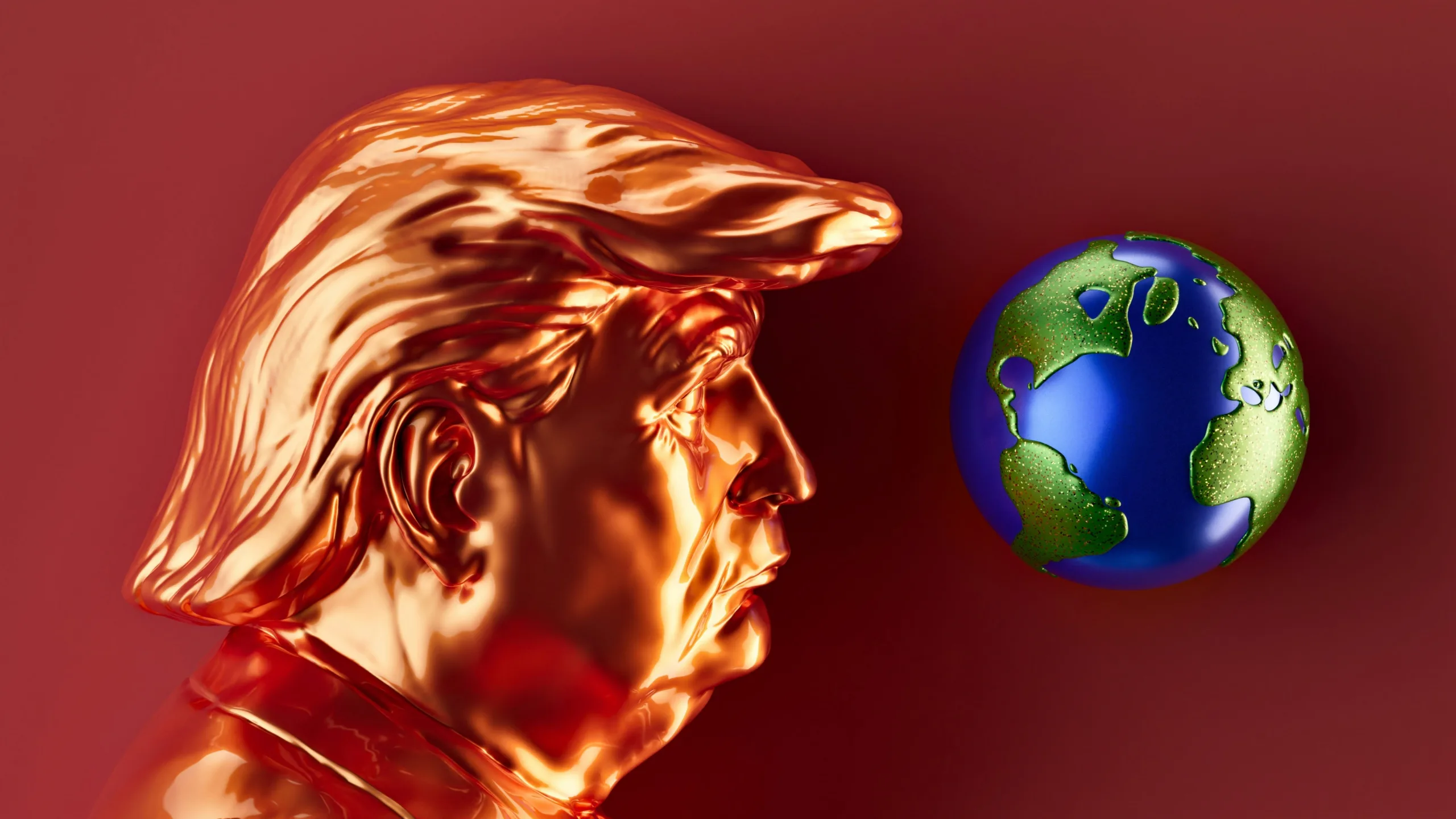
Determining Country of Origin Under the Existing Regime
USCBP defines the country of origin as where an article is manufactured, produced, or grown. However, the country of origin can change in a secondary country under specific circumstances:
- Substantial Transformation: If additional work or material is added in the second country, resulting in a “substantial transformation.” This occurs when a new article with a different name, character, and use is created.
- NAFTA Marking Rules (19 CFR Part 102): For goods originating from a NAFTA country (Canada, Mexico, or the United States), if the second country is determined to be the country of origin under these specific rules.
- Textile or Apparel Products (19 CFR 102.21): Regardless of NAFTA origin, if the country of origin for a textile or apparel product is determined to be the second country by the general rules outlined in 19 CFR Part 102.21. (Note: For textile or apparel products from Israel, specific rules in 19 CFR Part 12.130 apply.)
Businesses are advised to adhere to these established regulations while awaiting further official guidelines from both the U.S. and Vietnamese governments.
Anticipated Developments and Considerations
China’s Potential Response: China is expected to react to this new tariff, especially given its significant trade relationship with Vietnam. Any retaliatory measures from Beijing, a major source of inputs for Vietnamese manufacturing, could have a substantial impact on Vietnam’s economy. Bloomberg estimates a potential long-term loss of 25 percent of Vietnam’s US exports, possibly risking over 2 percent of its annual GDP.
Formal Content Threshold: Neither the U.S. nor Vietnam has specified a formal threshold for determining “transshipment” status. Trade analysts widely anticipate a near-zero tolerance policy from the U.S. government, potentially flagging goods with as little as one percent Chinese-origin content. While trade agreements typically define origin based on value-added or transformation criteria, no such thresholds have been officially announced for this specific agreement.
Further clarifications regarding the agreement’s rules of origin and “safe harbors” are expected. Businesses should stay informed about these impending guidelines to ensure compliance and avoid potential tariff implications.
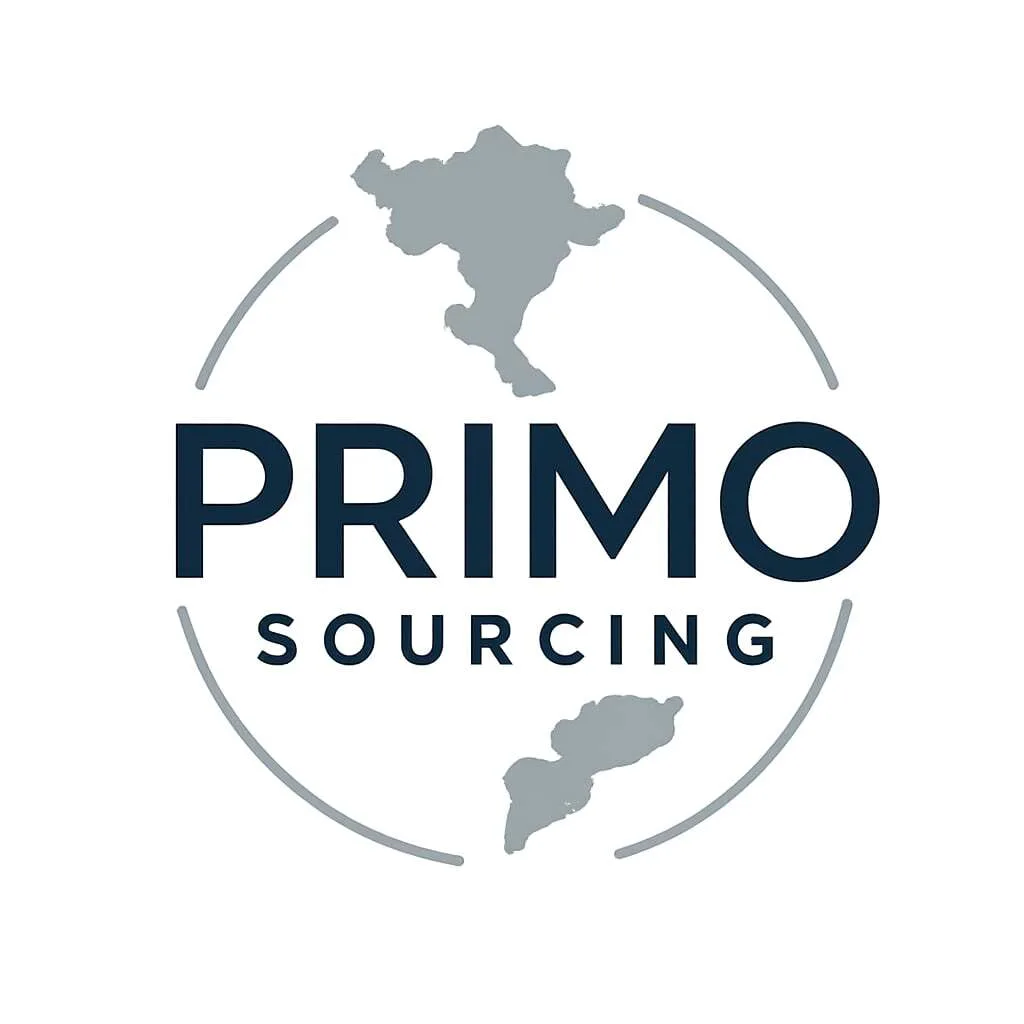
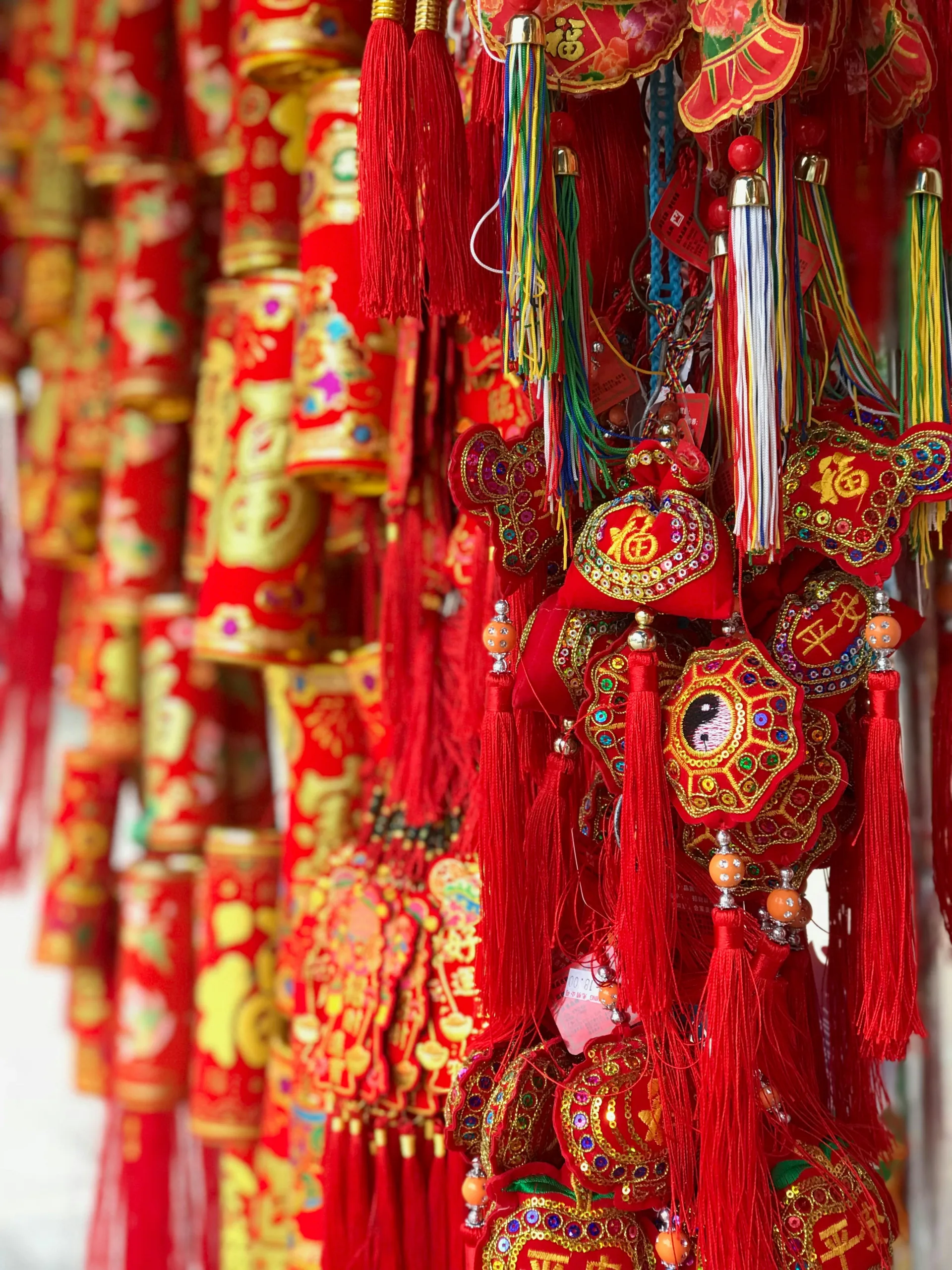

 Global Impact and Responses
Global Impact and Responses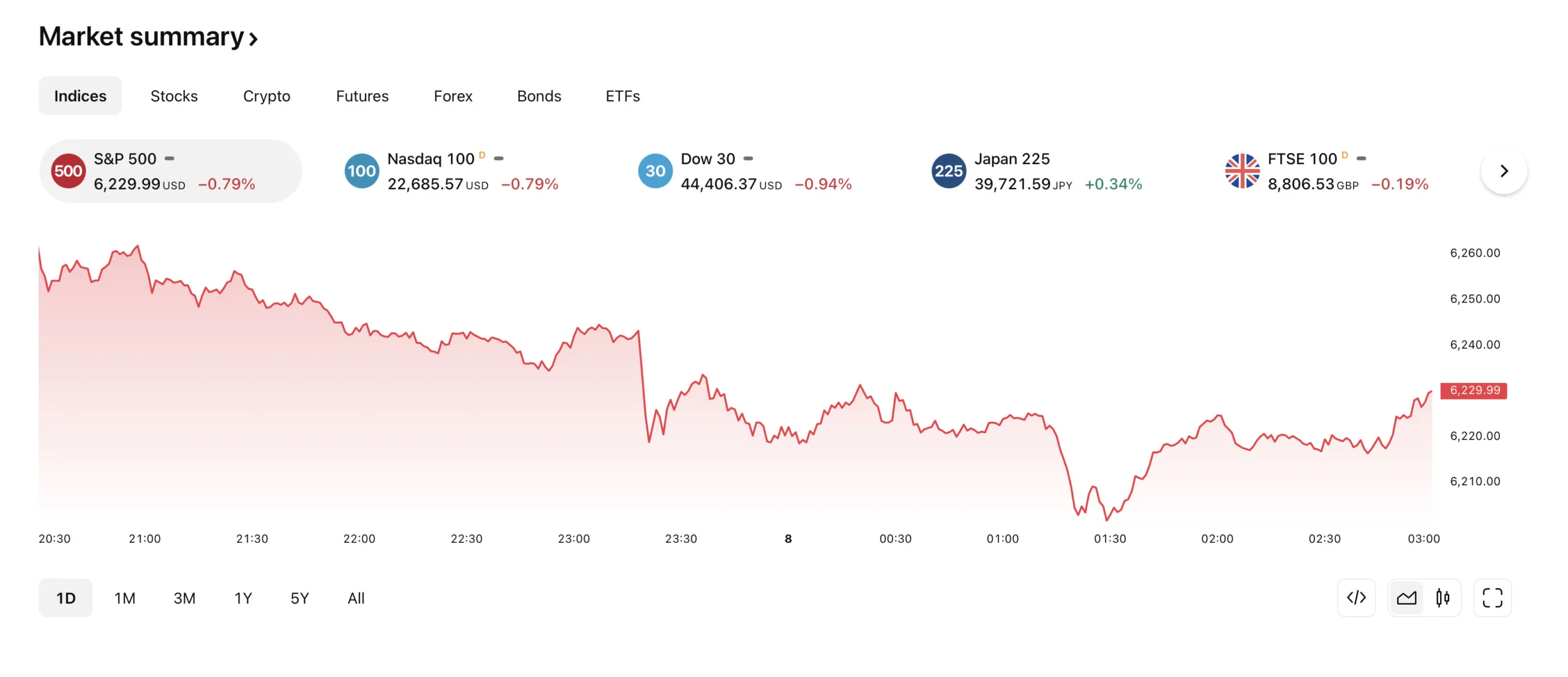 Broader Trade Blocs Targeted
Broader Trade Blocs Targeted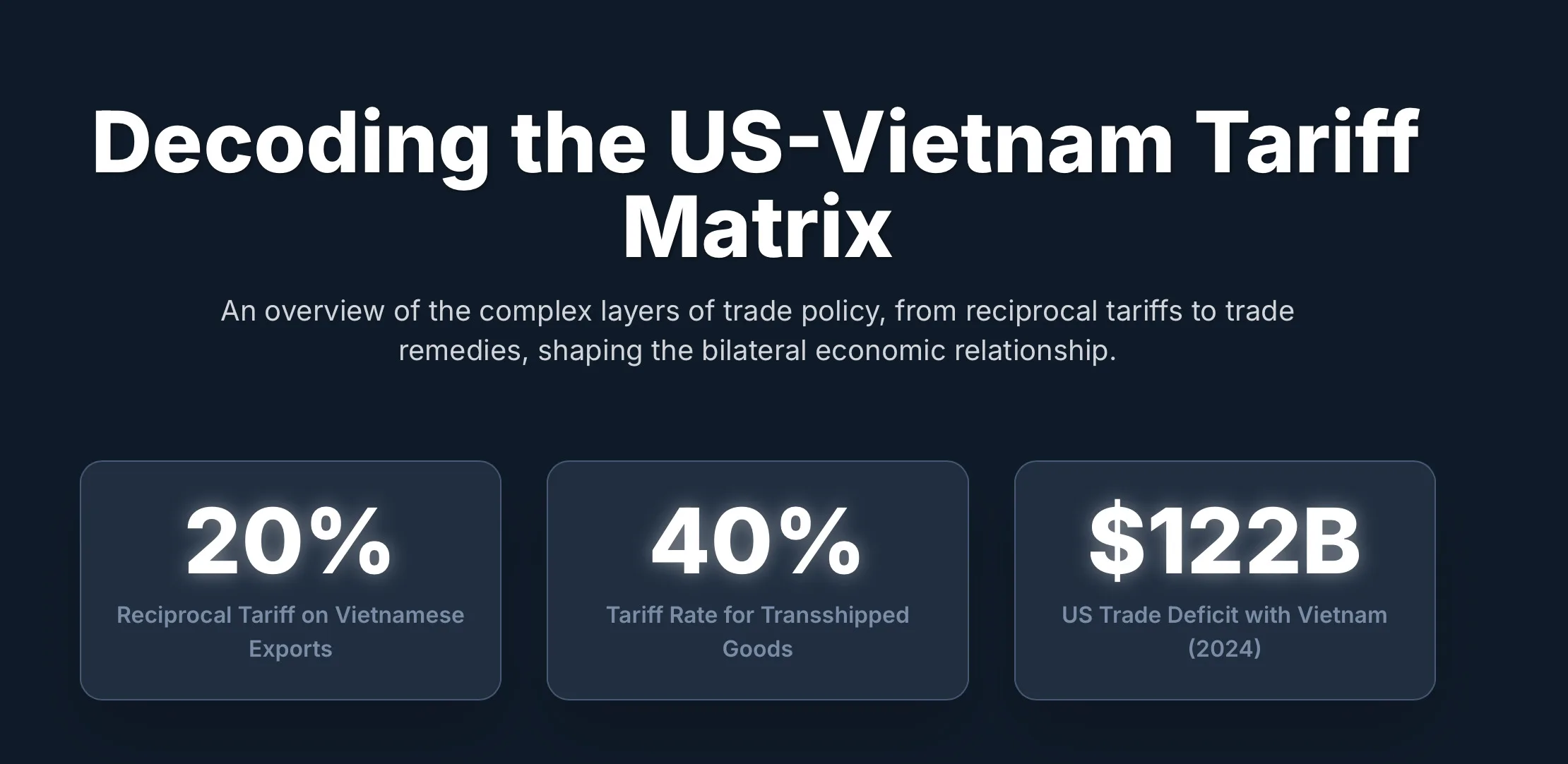
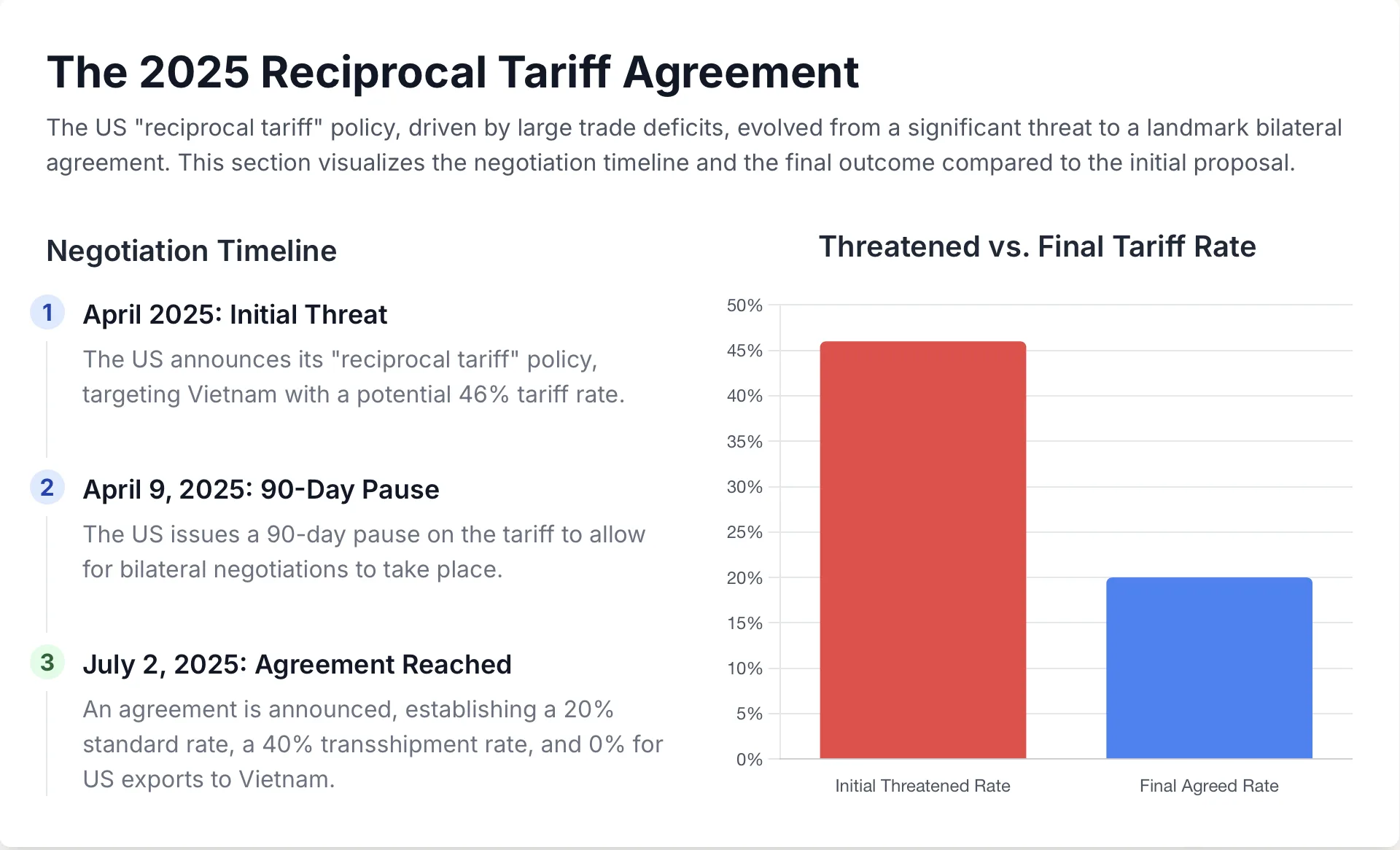
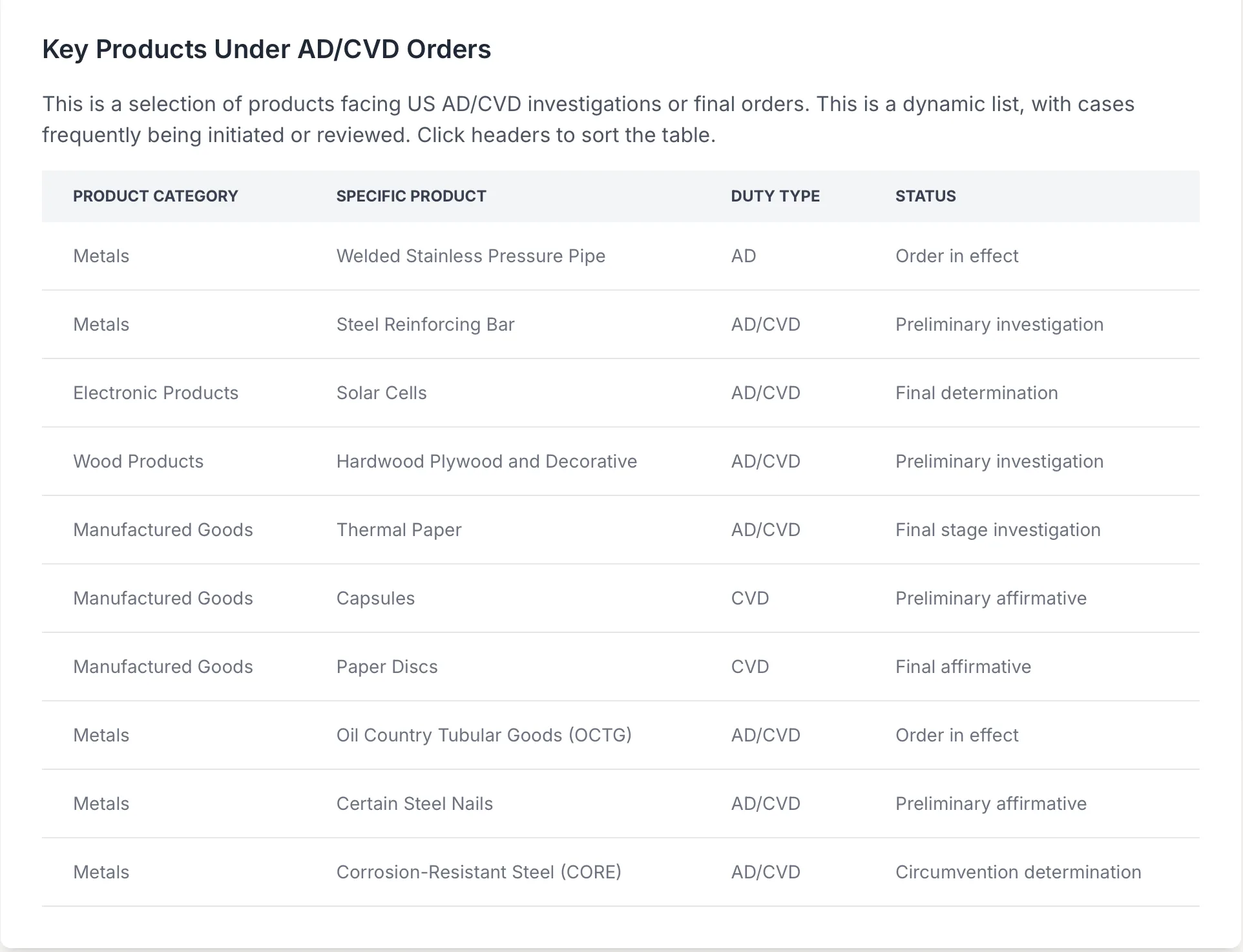
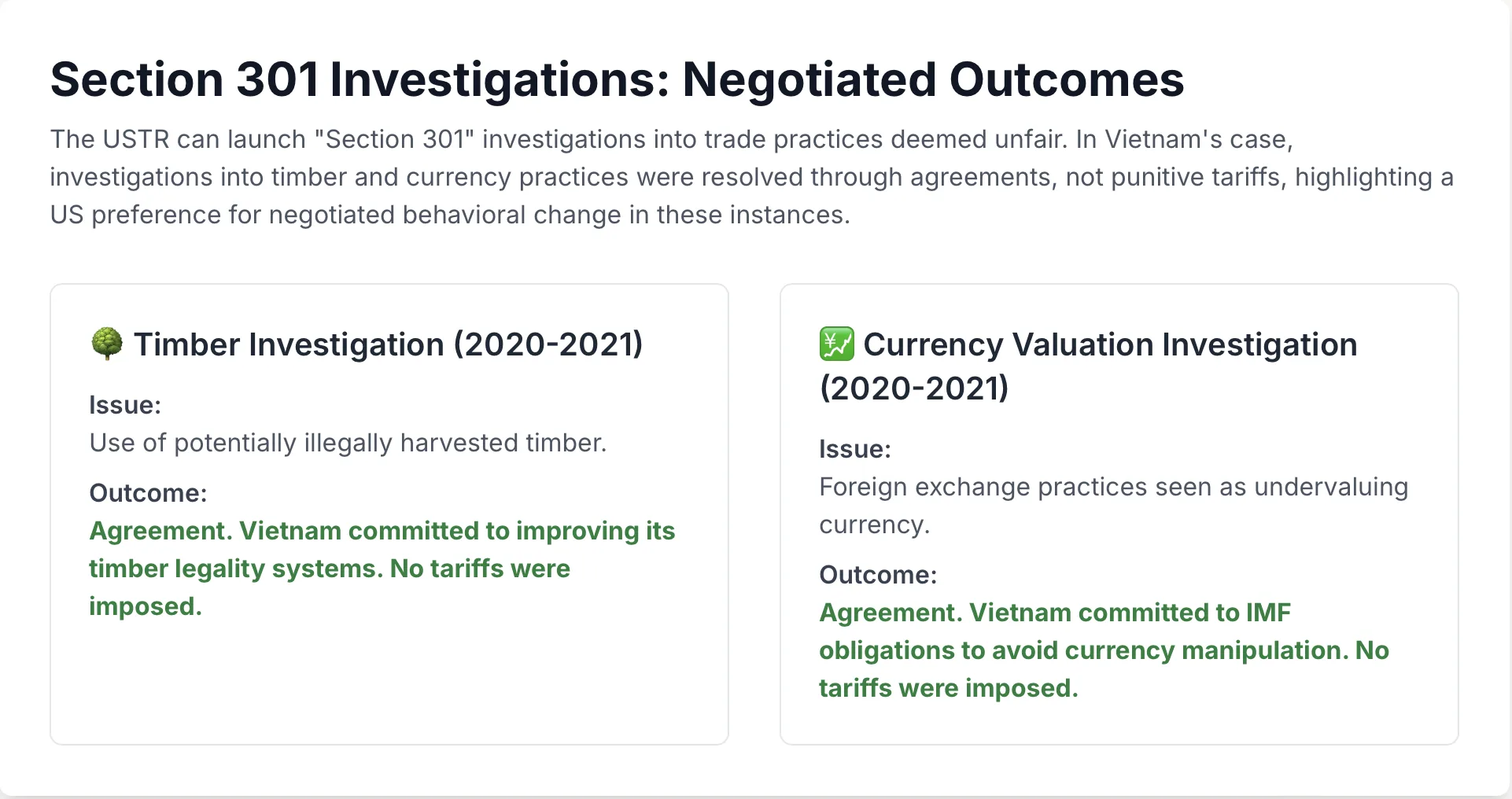
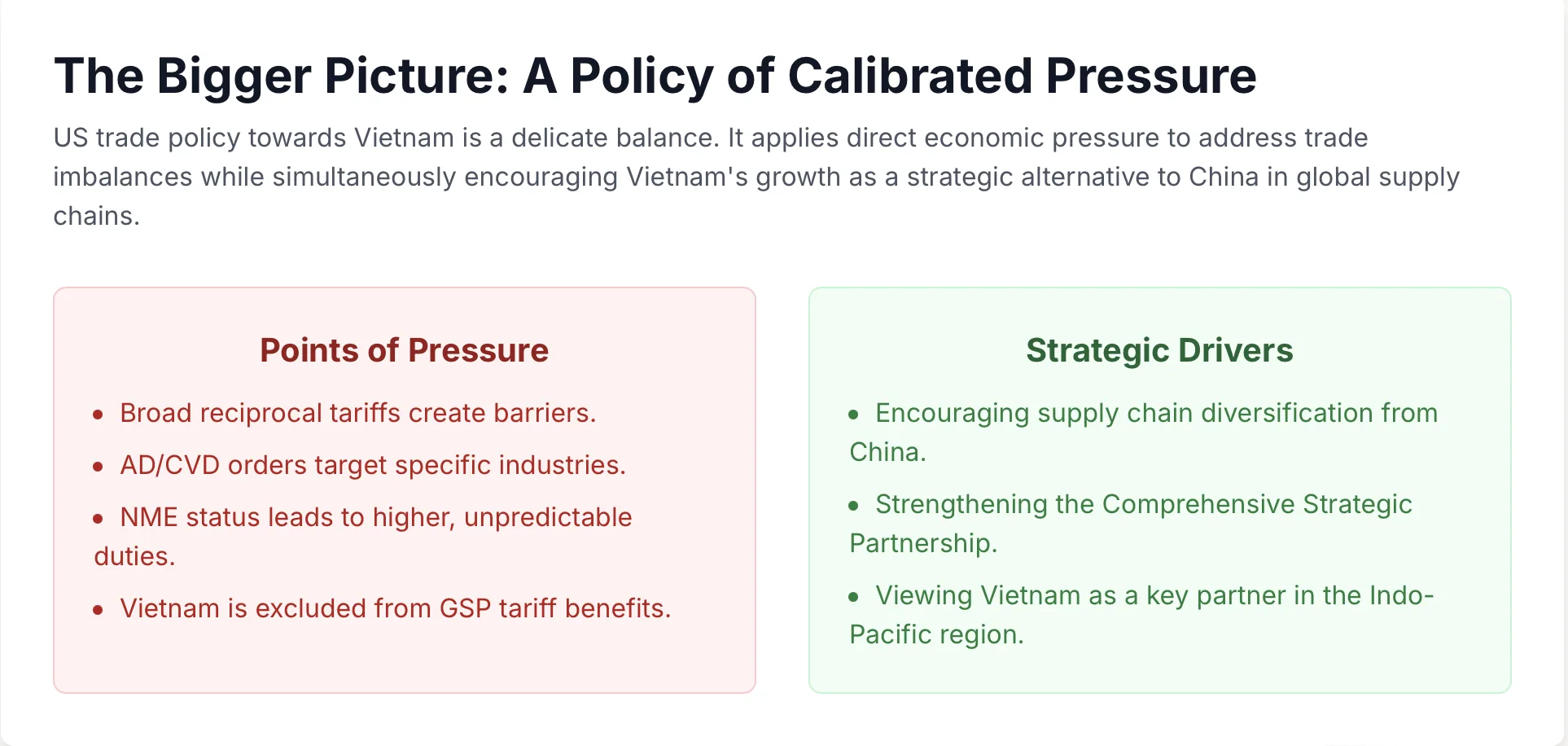
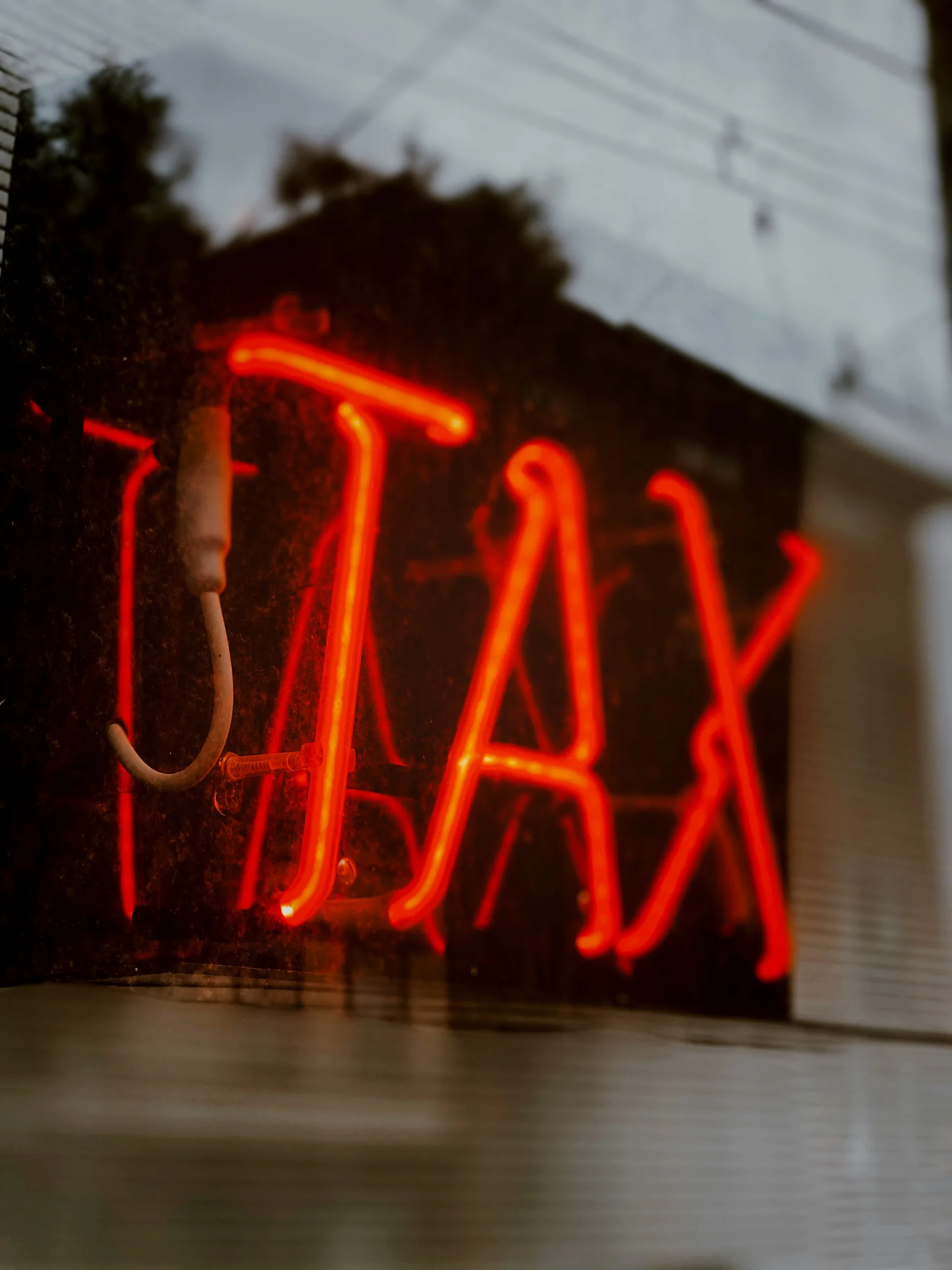
 Navigating the Challenges: How We Mitigate Risks for Your Business
Navigating the Challenges: How We Mitigate Risks for Your Business